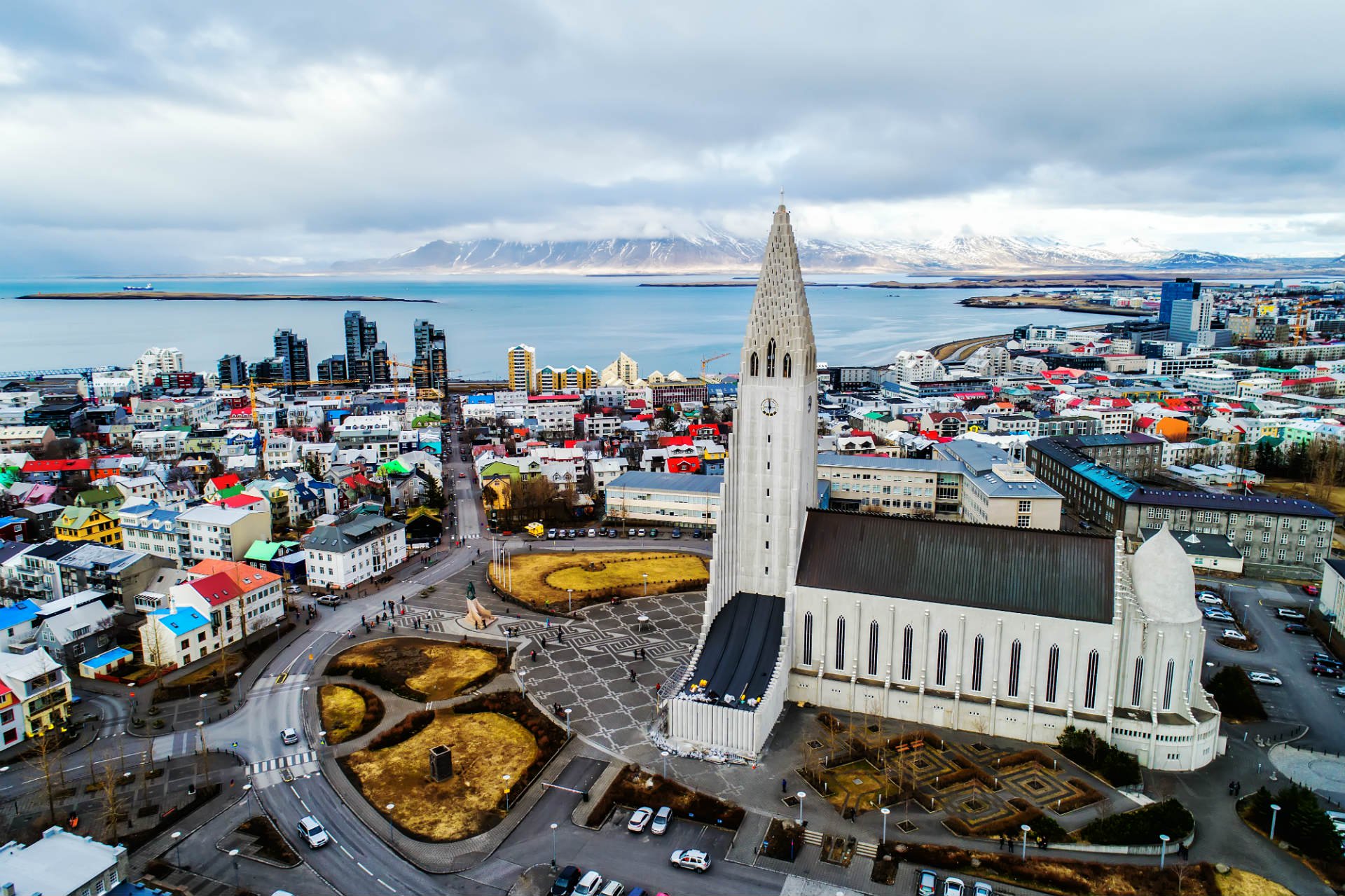0%

Source-Rough Guide
What to see in Nordic countries for tourists from rest of the world? Tourists get to see a range of magnificent natural spots in the region. Though it is difficult to write down all the tourist hot-spots in the region, fair idea of each region for tourists is being given here.
Denmark is the smallest Nordic country which features hundreds of islands, rolling farmland, endless beaches and a more continental land to stroll on. Norway along with Svalbard is famous for deep fjords, steep mountains, countless waterfalls, wooden churches, the northern lights and millennial maritime traditions. Fjord is a long strip of sea between steep hills.
Norway’s topology and nature have distinctive regional diversity. Sweden is the largest Nordic country by area and population. The country is home to endless forests, clear blue lakes and the beautiful archipelagos along its coasts. Finland is called the country of hundreds of thousands of islands and lakes to explore in this a bridge to the east. The country is the most sparsely populated EU country.
Finland is the only Nordic country to use the euro. A Nordic tongue the first language is spoken only by a minority. Iceland has a spectacular scenery of volcanoes, glaciers, geysers, and waterfalls on this North Atlantic Island. Aland is an archipelago and is an autonomous territory of Finland in the Baltic Sea.
Swedish-speaking people living here have their own distinctive culture and possess the sense of quasi-national identity. The region of Faroe Islands is an autonomous territory of Denmark in the Atlantic Ocean with a very distinct culture and sense of national identity. Faroe is especially known for its dramatic natural scenery and unique bird life.
Greenland is also an autonomous territory of Denmark treated as geographically part of North America. The indigenous people, the Inuit, are also culturally close to native America, but there is a strong modern Nordic influence here.
Aarhus – a brilliant Open Air Museum containing historic buildings from towns and cities across Denmark, many from the 1800s.
Bergen – old Hanseatic trading center with wonderfully cute wooden buildings, a magnificent mountain setting, varied nightlife and tons of atmosphere.
Copenhagen – a vast number of offers for cultural experiences, shopping and the inspiration of Danish design traditions. Lately it has become the gastronomical center of the region, driving the principles of “New Nordic Cuisine” with many great restaurants and bars as a result.
Gothenberg – a port and industrial city on the Swedish west coast, second in size in Sweden.
Helsinki — the “Daughter of the Baltic”, Finland’s capital and largest city with its iconic cathedral.
Oslo – museums of national importance, a beautiful setting, lively nightlife and cultural scene.
Reykjavik – the northernmost national capital of Iceland in the world.
Stockholm – spread out over a number of islands, one of the most beautiful cities of Scandinavia.
Turku – the gateway to the Archipelago Sea; the huge Castle and Cathedral are the two poles of historic Turku, between which just about every important site in the city can be found.
Gotland- the largest island in the Baltic Sea, with the UNESCO heritage main town of Visby and great partying in the summer.
Jostedalsbreen – the largest glacier on the European mainland.
Laponia – one of Europe’s largest wilderness areas, in northernmost Sweden.
Myyatn – a lake region near Akureyri in the north of Iceland.
Nordkapp – this cliff is the northernmost point of continental Europe.
Nuusio National Park – a pint-sized marvel just 35 km from Helsinki. 15. Stevns Cliff – sandstone cliffs in Denmark.